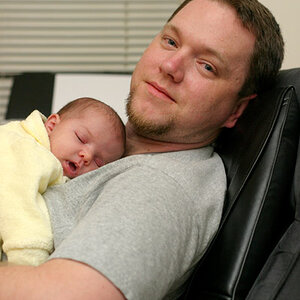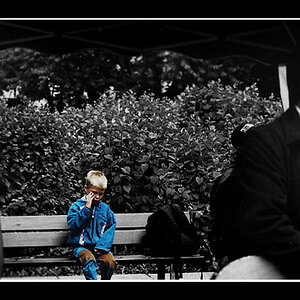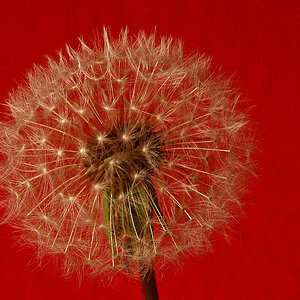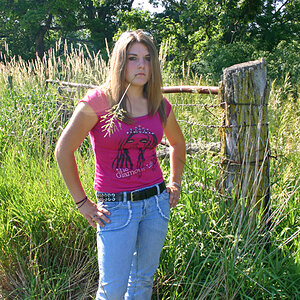bledererphoto
TPF Noob!
- Joined
- Apr 28, 2012
- Messages
- 60
- Reaction score
- 0
Anyone have much experience with flashpoint m series monolights with their battery packs? I am gravitating toward those or alien bees with vanguard mini. Looking at 300 watt range for power enough for outdoor shoots. Would like to stay in 600 range for the combination of two strobe plus individual power supply.


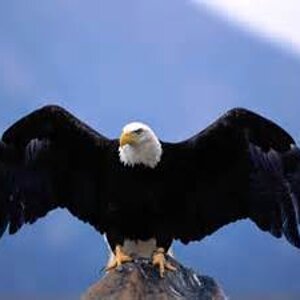
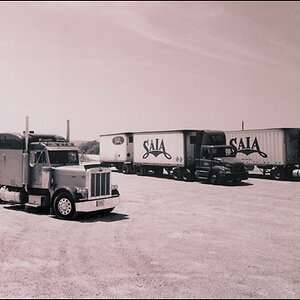
![[No title]](/data/xfmg/thumbnail/33/33450-b94d8a06a911e01c39df688c57b4745e.jpg?1619735974)
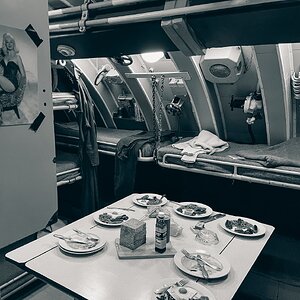
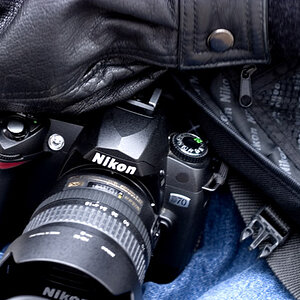
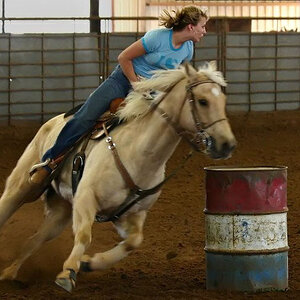
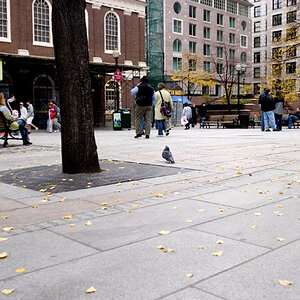
![[No title]](/data/xfmg/thumbnail/35/35872-12704b8c65e1c009d7089ccba367abb6.jpg?1619737198)
